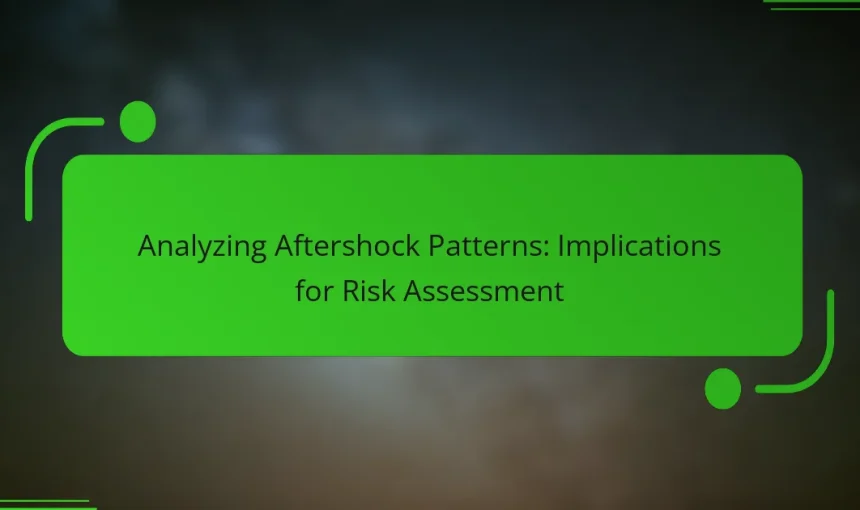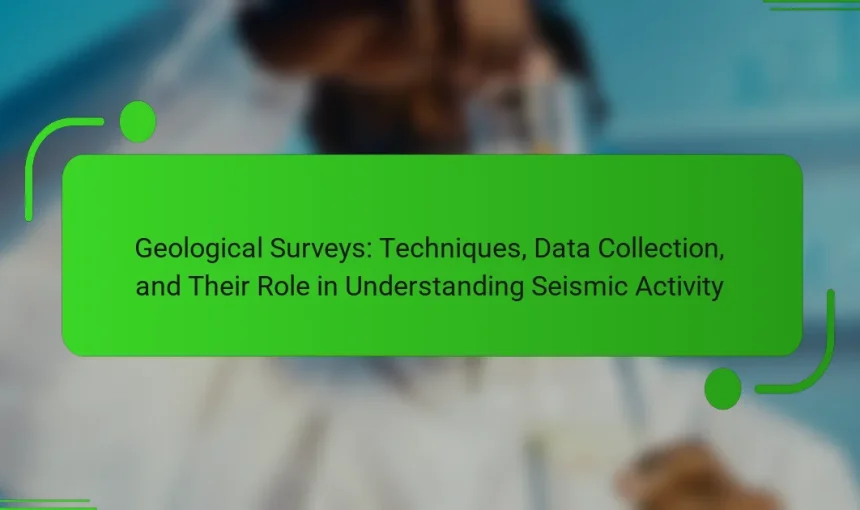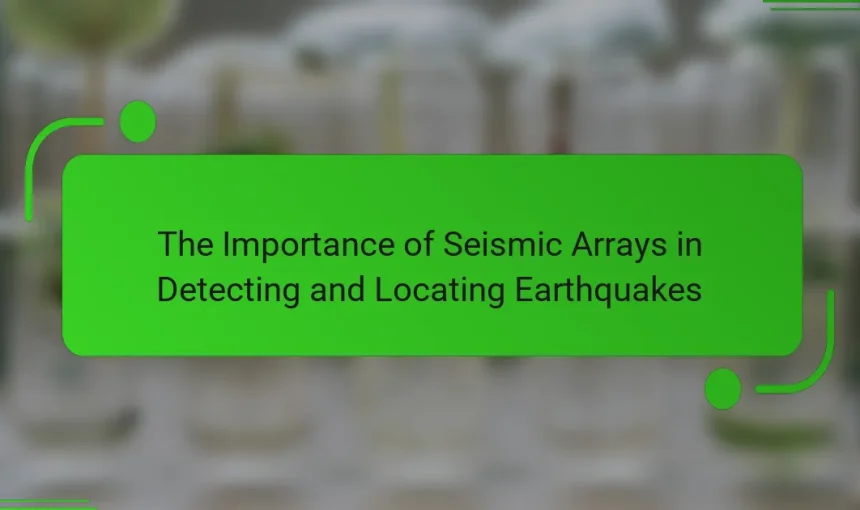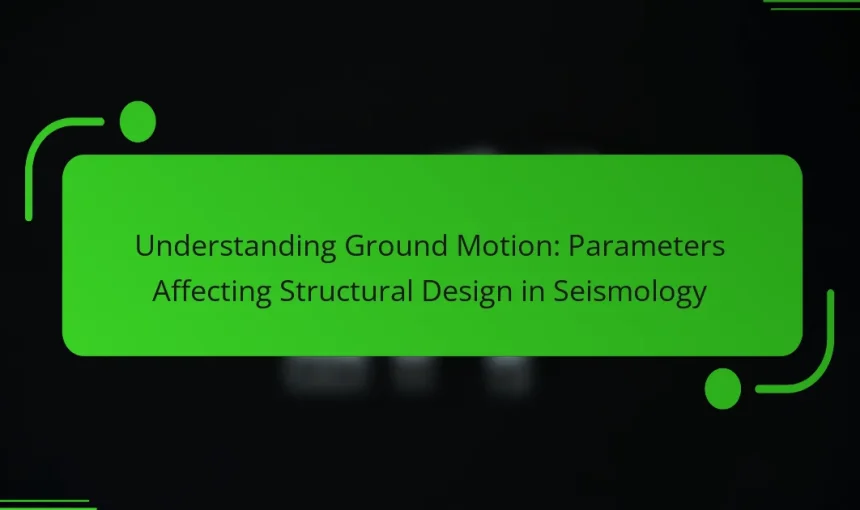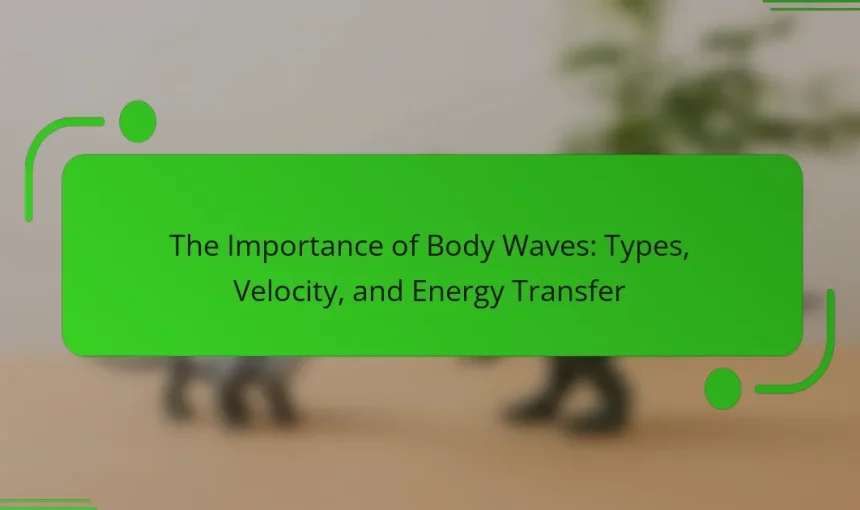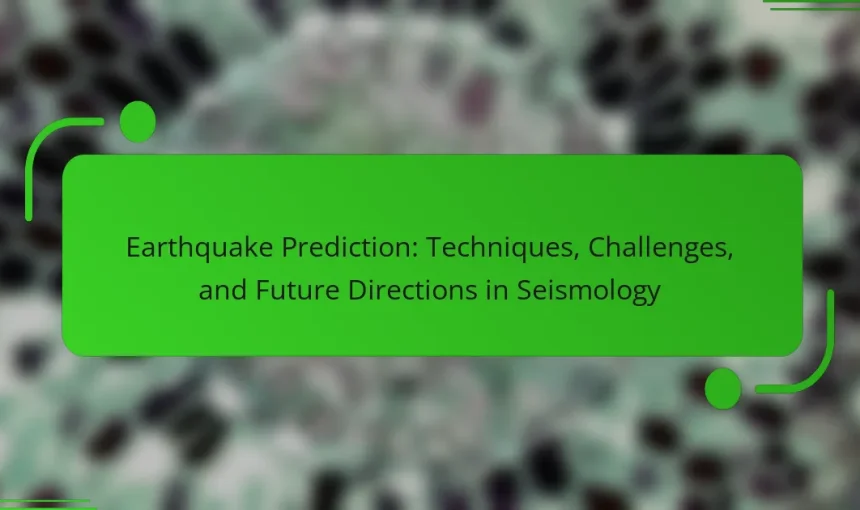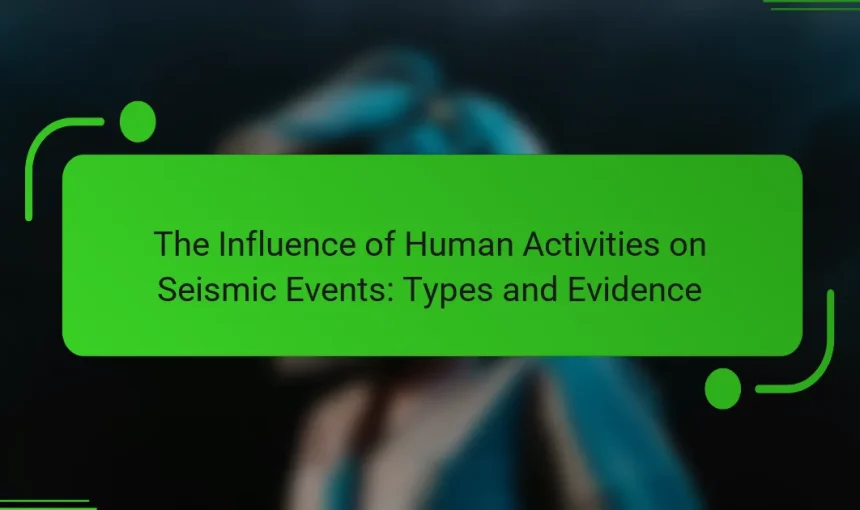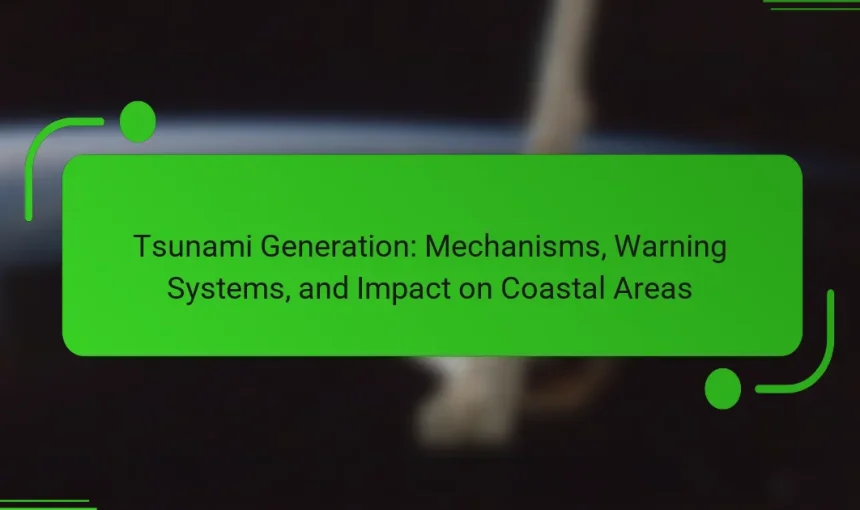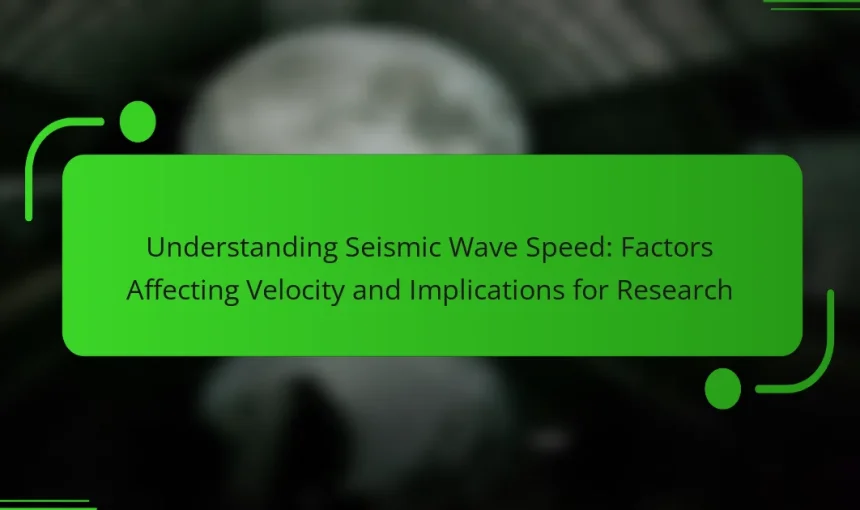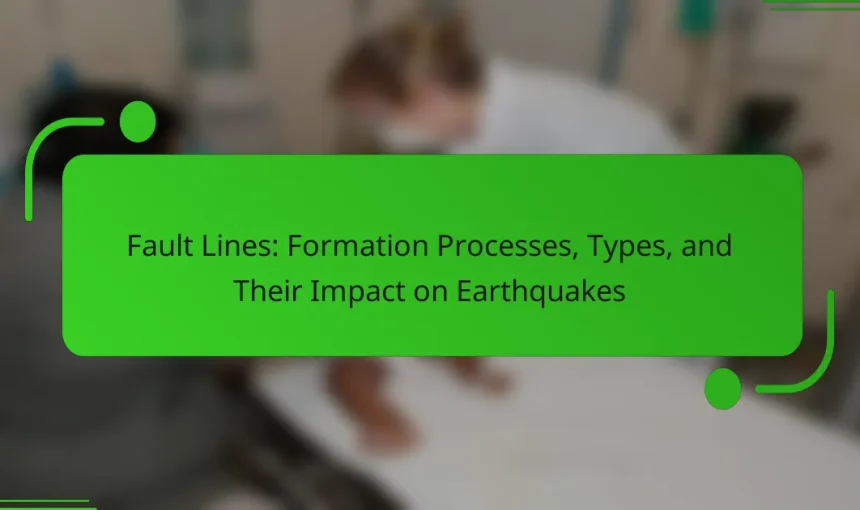Aftershock patterns are the sequences and characteristics of seismic events that occur following a major earthquake, providing valuable insights into future seismic activity. Understanding these patterns is crucial for risk assessment in earthquake-prone areas, as they influence safety measures and resource allocation. Statistical models, such as the Omori-Utsu law, help describe the decay rate of […]
Geological surveys are systematic investigations focused on the Earth’s structure and composition, aimed at collecting data on geological features, resources, and hazards. These surveys employ various techniques, including mapping, sampling, and remote sensing, to provide vital information for land use planning, resource management, and environmental protection. Conducted by government agencies and private organizations globally, geological […]
Seismic arrays are networks of seismic sensors strategically deployed to detect and analyze seismic waves generated by earthquakes. Each sensor measures ground motion and transmits data to a central processing unit for analysis, enabling the determination of an earthquake’s location, depth, and magnitude. This article highlights the advantages of seismic arrays over single sensors, including […]
Ground motion in seismology refers to the shaking of the ground caused by seismic waves during an earthquake, significantly impacting how structures respond to such events. Key parameters influencing ground motion include seismic source characteristics, distance from the epicenter, and local geological conditions. This article explores how variations in ground motion, as demonstrated by historical […]
Body waves are seismic waves that travel through the Earth’s interior and are essential for understanding its structure and behavior during seismic events. There are two primary types of body waves: primary (P) waves, which are compressional and can move through solids, liquids, and gases, and secondary (S) waves, which are shear waves that only […]
Earthquake prediction is the scientific process of forecasting the occurrence of earthquakes by analyzing geological data and seismic activity patterns. This article explores various techniques employed by seismologists, including seismic monitoring, historical data analysis, geophysical methods, and machine learning algorithms, which aim to improve prediction accuracy. Despite technological advancements, challenges persist in accurately forecasting the […]
Human activities significantly influence seismic events, with induced seismicity being the primary type associated with these actions. Key activities include mining, which can destabilize the ground, reservoir-induced seismicity from large dams that increase pressure on fault lines, and geothermal energy extraction that alters subsurface pressure. Hydraulic fracturing, or fracking, and wastewater injection practices are also […]
Tsunami generation is the process by which large ocean waves are created, primarily due to underwater disturbances such as seismic activities, volcanic eruptions, and landslides. These disturbances often result from tectonic earthquakes, which displace significant volumes of water, leading to the formation of tsunami waves that can travel rapidly across the ocean. As these waves […]
Seismic wave speed is the velocity at which seismic waves travel through various geological materials, influenced by factors such as wave type, material density, elasticity, and temperature. Primary waves (P-waves) typically travel faster than secondary waves (S-waves), with P-waves reaching speeds of 5 to 8 kilometers per second in the Earth’s crust, while S-waves travel […]
Fault lines are fractures in the Earth’s crust where tectonic plates converge, serving as the primary sites for earthquakes. This article explores the formation processes and types of fault lines, emphasizing their significance in seismic activity. Key characteristics of fault lines, such as the San Andreas Fault, are discussed in relation to their potential for […]
